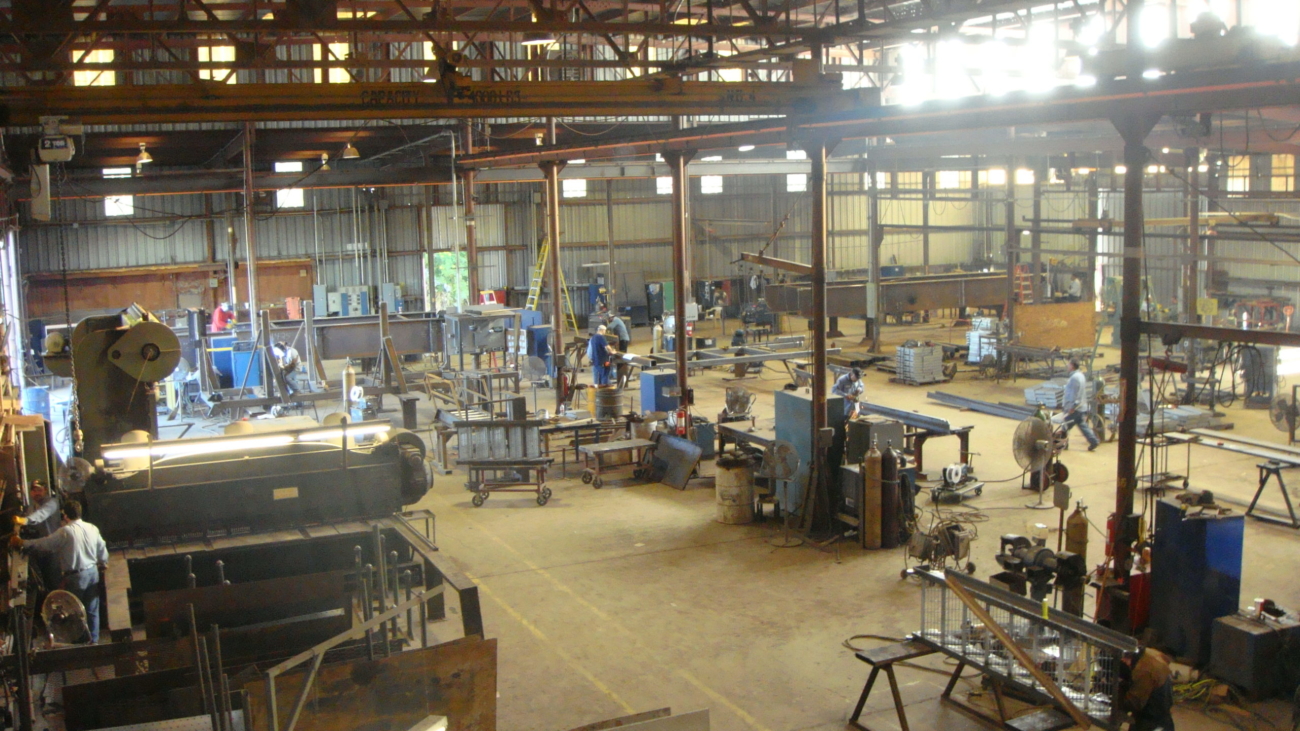Maintaining fresh produce at a constant temperature is the key to ensuring it remains at the highest quality possible up to the moment it reaches consumers. When fruits and vegetables are harvested, creating optimum cooling conditions in a timely manner is of the utmost importance.
SEMCO/SEMCOLD LLC creates cooling and storage solutions that are tailored to each customer’s need, so produce that requires quick cooling and high humidity won’t be left in uncertain conditions. The three most important factors in maintaining produce quality are temperature, humidity and shelf life.
A fruit that requires high humidity but near-freezing temperatures for storage will have little chance for bacteria growth, but only if it is rapidly cooled directly after harvest. One of the most important factors in avoiding fruit and vegetable spoilage is reducing the amount of time between its harvest and initial cooling. Many fruits and vegetables bruise and ripen quickly without adequate and immediate cooling. As you consider your cooling needs, take a few moments to review how various cooling methods work and their role in regulating temperature and humidity.
Precooling Produce
Removing field heat from fruits and vegetables is known simply as precooling. It is an umbrella term for the numerous methods listed below for best preserving the current state of produce and avoiding ruin. Many times, a combination of methods are used to most effectively lower the temperature of produce just after harvesting and to then regulate the temperature in the near future.
Hydrocooling Produce
Fruit that must be picked in the afternoon sun can spoil in temperatures that often soar above 80 degrees Fahrenheit. When workers need to remove field heat quickly, one of the most effective methods for immediate results is hydrocooling. Just as you would assume, this term means the fruit or vegetables are submerged in water that hovers just above freezing. This is an extremely effective method for quickly removing field heat, but it is not a cost effective, efficient method for complete cooling and is instead a type of pre-cooling that is typically used in conjunction with other cooling methods.
Room Cooling Produce
In this cooling method, warm produce from the field is placed in a refrigerated room for cooling that lasts, at a minimum, for 24 hours. They can extend to much longer times if correct airflow allowances are not incorporated around boxes or if the produce is incorrectly packaged. Room cooling requires larger refrigeration units than rooms where previously cooled fruits and vegetables are stored.
Controlled Atmosphere Produce
Controlled atmosphere is a cooling and storage method that carefully controls not only temperature and humidity levels but also the levels of different gases in the atmosphere. This method is not preferred for most produce and is only used for citrus and apples in controlled atmospheric storage. CA storage requires that you carefully control a number of factors: oxygen, carbon dioxide, humidity and temperature.
Apples ripen when they take in oxygen and the starches in their flesh turn to sugar, leading them to give off carbon dioxide. When access to oxygen is reduced, the process of ripening slows. The quality of fruit in room cooling is acceptable, but does not always provide the optimal quality seen when rapid cooling is used.
Forced-Air Cooling Produce
Ventilating air through a cooler or refrigerated room is an active way to ensure produce stabilizes in temperature, and works more quickly than the results achieved with a method such as room cooling. In this method, produce is placed around large fans that pull cool air through it.
Vacuum- and Water Spray Vacuum Cooling Produce
These methods are generally used just for crops such as leafy vegetables. They release water vapor quickly, making it possible to cool them in a short time. For these products, even when they’re wrapped in a plastic film, cooling can be completed in about 20 to 30 minutes.
Packaged Icing Produce
This is a less common method in which crushed or flaked ice is used to cool a commodity and then maintain its temperature. The ice maintains high humidity for produce and results in reduced moisture loss. One of the disadvantages of packaged icing is that meltwater can damage nearby produce during mixed shipments. It continues as a traditional form of cooling and is still often used for broccoli.
Packaged ice is one of the numerous products offered by SEMCO/SEMCOLD LLC to meet each customer’s needs with the most appropriate solution. Not every individual farmer needs a large cooling system. If you need to cool a specific crop that is small in quantity, ask if the same results can be achieved with a simpler, more cost-effective method.
Transport Cooling Produce
In some areas, no cooling infrastructure is available to rapidly cool products from the field, such as bananas. For these products, farmers use refrigerated ships and containers that lower temperatures during shipping. You should note that inadequate airflow is found in highway trailers and they should not be used to cool produce. No matter which cooling method you choose, take a moment to contact SEMCO/SEMCOLD LLC about the customized system that works best for moving your produce from farm to table at the highest quality.

